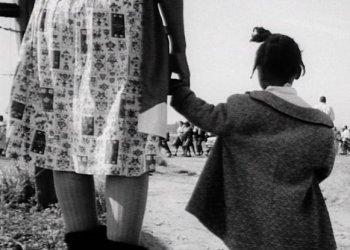BROOKLYN, New York—Labor Day is a very important holiday for Caribbean people. It is especially so in Brooklyn. People come from around the world to watch and be a part of the West Indian Day Parade, that was held on Monday. The entire Labor Day weekend is packed with events. One big event was the Pan Steel Drums Competition.
A pan yard is a place where pannists, or steel drummers, get together to practice. Pan Sonatas was one of 10 steel bands that took part in this year’s annual competition held at the Brooklyn Museum.
If you are near a pan yard you can hear the chromatic sounds of the drums blocks away. Especially near Labor Day, the steel bands of New York rehearse intensely so they can face off at the annual Steel Band Panorama competition and vie for cash prizes.
The Pan Sonatas is considered one of the more elite as well as one of the oldest steel bands in New York. The Sonatas maintain 25 players year round, and use about 100 people for the Steel Band Panorama competition. Of that number, 60 per cent are regular returnees. The players come from different parts of the United States and the Caribbean Islands. The Pan Sonatas’ were the winners of the 2009 Panorama Steel Band Competition.
A pan yard is a place where pannists, or steel drummers, get together to practice. Pan Sonatas was one of 10 steel bands that took part in this year’s annual competition held at the Brooklyn Museum.
If you are near a pan yard you can hear the chromatic sounds of the drums blocks away. Especially near Labor Day, the steel bands of New York rehearse intensely so they can face off at the annual Steel Band Panorama competition and vie for cash prizes.
The Pan Sonatas is considered one of the more elite as well as one of the oldest steel bands in New York. The Sonatas maintain 25 players year round, and use about 100 people for the Steel Band Panorama competition. Of that number, 60 per cent are regular returnees. The players come from different parts of the United States and the Caribbean Islands. The Pan Sonatas’ were the winners of the 2009 Panorama Steel Band Competition.



